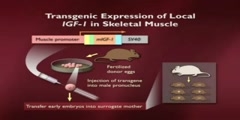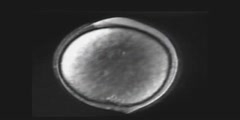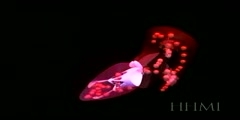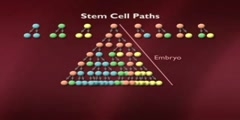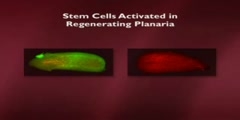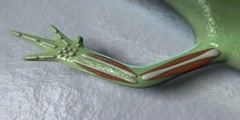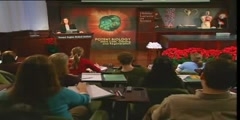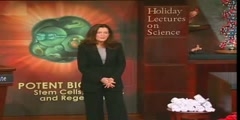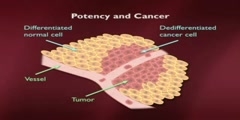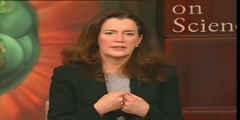Zebrafish Heart Regeneration
When the zebrafish heart is damaged, the wound site is rapidly sealed with a fibrin clot that stems bleeding within seconds. Following clot formation, the tissue that surrounds the heart muscle gradually covers the fibrin clot via migration and cell division. Over the next few months, new cardiac muscle is produced and replaces the clot. Growth factors, like FGF1, produced by the new heart tissue, signals the cells of the epicardial layer to migrate into the heart and form new blood vessels, to provide essential blood flow to the regenerating tissue. Over time, the wounded zebrafish heart returns to nearly its original shape, size, and pumping ability.
Channels: Experiments Cell Biology Developmental Biology
Tags: Zebrafish heart regeneration growth factors
Uploaded by: sana ( Send Message ) on 11-05-2007.
Duration: 2m 31s
